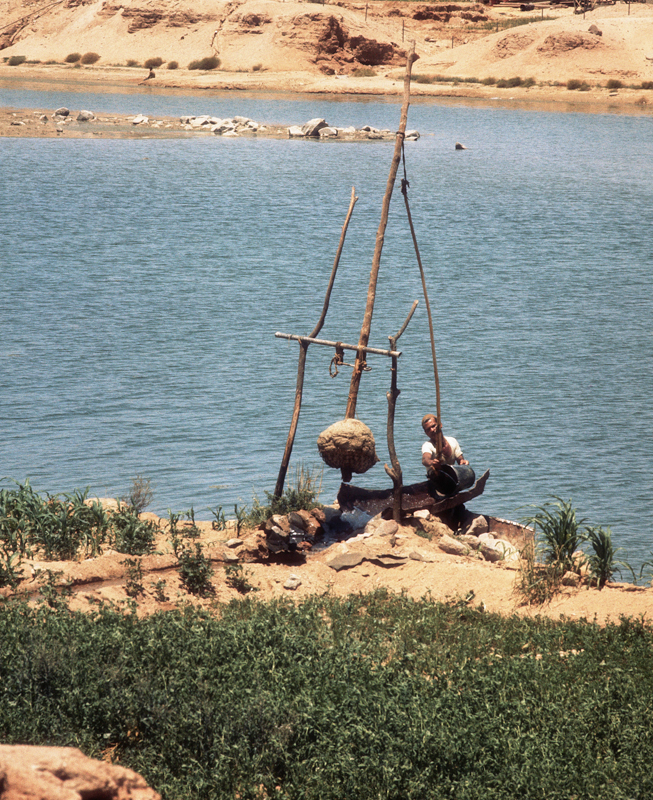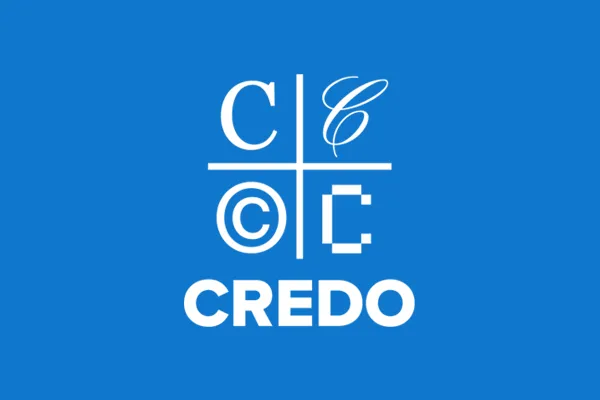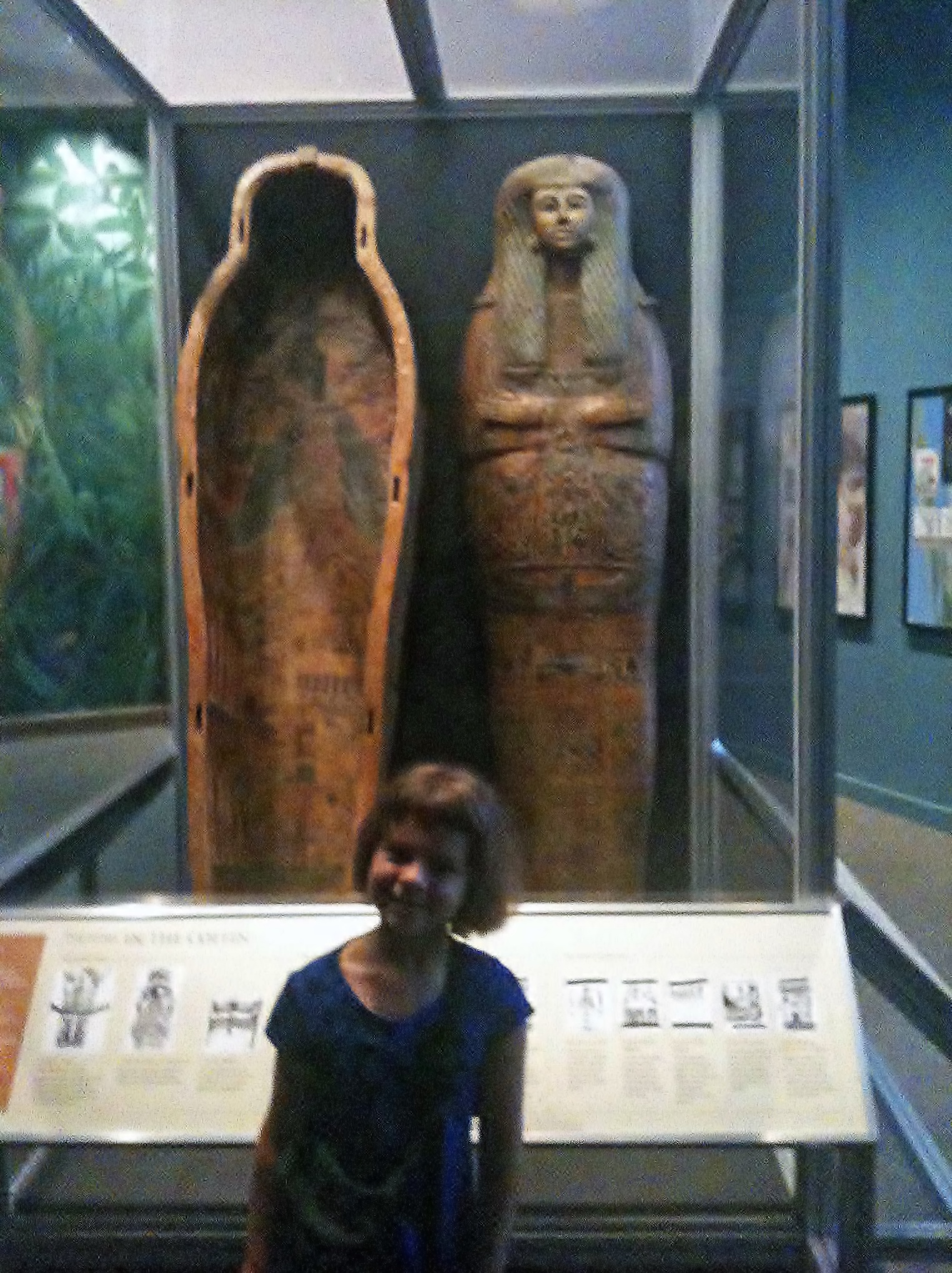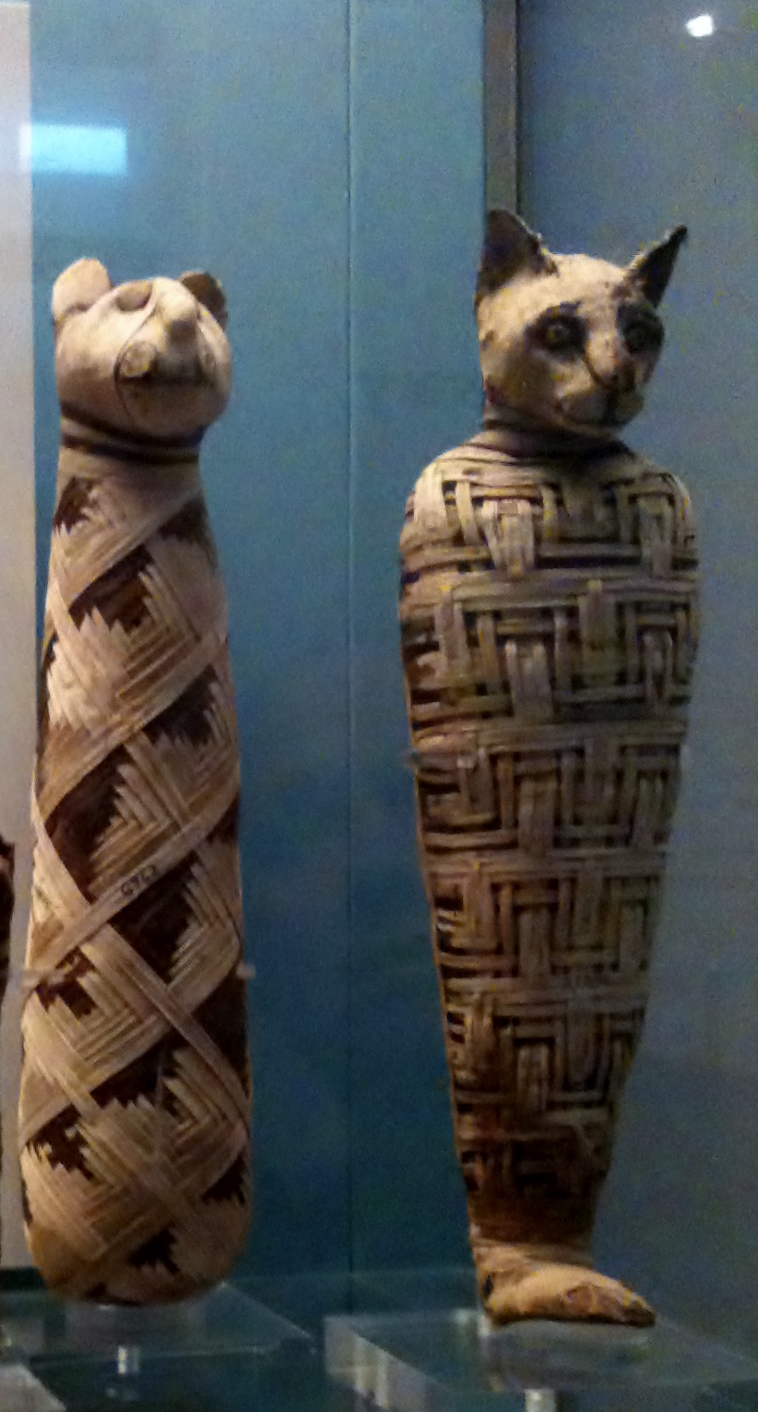- Helene F.
- Wednesday, March 24, 2021
Egypt is one of the oldest countries in the world.
Over 5,100 years ago Egypt was divided between the upper and lower sections of the greater Egypt for many centuries before it was unified into one large country. This has been done in many places over the world for thousands of years. Take the United Kingdom. It was divided by groups of people from the Angels to the Picts and Scotts. The Romans moved in and took control of the land and gave cities Roman names. This also happened in Egypt, but the Greeks and Romans controlled North Africa at different times in history. The city Alexandria was named after the Greek leader Alexander the Great. When families can learn together they are able to come away with knowing that Alexandria is now called Al-Iskandariyyah.
Now, the modern people of Egypt and other parts of Africa, have given their homes new names, whether it is the name of the city, the province or the country. The city of Carthage, which tried to defeat Rome in the Punic wars is now called Tunis of Tunisia. This article in Britannica Library, School, etc, which is available on the Richland library’s Research & Learn page, gives more information about how Carthage became Tunis. After clicking on each link most databases allow you to listen to a recording of what you are reading. After you have read what you wanted you can click the back arrow at the top of the page to go back to the blog.
If you speak or are learning Spanish you are able to click on the world in the row of icons and select a language to change the article to. We also have some databases you can access that are for Spanish speakers, and those who want to learn Spanish by reading based on their sentence structure. Here are two articles in Britannica Moderna, one discussing the history of Africa and Egipto (Egypt).

Britannica Library
Britannica Library has research pages for many African cities, including Cairo, in Egypt, and Johannesburg, which is also called by the Zulu name eGoli, in South Africa. The information about these cities is age-appropriate for children, teens, and adults.
The research pages include a table of contents, pictures, and videos, if they are available, as well as a Related tab. The Related tab allows you to drill down deeper into any other part of history or culture you want to learn about the country of say South Africa, and Nelson Mandela.
The island of Madagascar is also a part of Africa. They have beautiful animals in regions that go from beaches to rainforests, and cities. The capital is called Antananarivo.

The Greeks, Romans and Europeans had two types of historians and scientists. The first type of explorers traveled and wrote books about what they found out about the Ancient Egyptians. To find this information for adults and teens, you can look in Gale in Context, World History database. For children, there is also a reading level appropriate article on Ancient Egyptians within the Gale in Context Elementary database. These explorers gave credit to the people who were the originators of canal systems in Ancient Egypt, as well as their showing that Egyptian women had equal status to men. Herodotus is one of the best of these explorers. Herodotus explored not only Egypt, but also Ethiopia.

The other type of explorer went around the world and wrote that they created things like the Archimedes’ screw through their own experiments in their travels. The Ancient Egyptians had already created the shaduf, for moving water from the channel to the plants. Unfortunately, because of the location and language barrier of Egypt to Rome and Greece, people bought the story that Romans and Greeks came up with elaborate artwork for their tombs or created ways to move water before anyone else. Those who explored to reveal the truth of history, learned of or found the Rosetta stone, which allowed more people to translate the hieroglyphics through what was written in Greek.
Using the various databases as well as Hoopla, and Kanopy, provide you with video snapshots of life in Africa, as well as newer historical lessons. Hoopla also contains eBooks and eAudio books. Access to these resources and physical books give you the ability to complete your own research, and at your own pace. You can learn what happened through history in each African country, and the people who have lived or live there now. In Gale in Context: World History, you are able to learn about the Tutsi and Hutu people in Rwanda.
Credo Reference is another database that has great articles about the Nile and how it aided Egypt and other African countries with building civilizations and trade. Kanopy also has a video through The Great Courses called Ancient Egypt The Gift Of The Nile, which explains the reason the Nile and Pharaohs were worshiped as life giving. One thing to watch out for is when the author seems to contradict themselves. Researchers are human too. Will water always flow from north to south? If not, then why not. This would be a mystery, but just as the whole of Earth is round and not flat, the whole of land (unless man-made, like parts of Boston) has hills and assorted sizes of mountains. Once you click on the mountains link, choose the first Map of Africa, to see its physical features.

Taking a break is also a great thing to do. Click here for a virtual view of Mehu tomb presented by NAV3D. Click here for a virtual view of Unas tomb, presented by Virtual Mid East. The beautiful doors at the end of the tomb are called fake doors. On the walls of the entrance to some of the tombs, there are still the wall carvings and reliefs highlighted by the still vibrant colors throughout the tomb. The person coming to the end of the outer tomb would have a large door, but possible other entrances to choose from to find the actual resting place of the deceased. The Egyptians wanted to hide where they were laid to rest so that they would keep the figurines (which would come to life in the afterlife) as their servants. This may be where the story of someone having to choose which of the three doors to go through, with each door offering more dire consequences than the last.
The people of the middle ages continued the way of taking ideas from other cultures by taking what the Greeks and Romans learned and saying history started with Rome. The Europeans took the idea of making more elaborate tombs, but the Greeks and Romans did not come up with the idea of beautiful tombs, the Egyptians did. If all of this seems wrong, I agree. That is one reason school reports have citations that have to be added at the end. Being honest is the best. By themselves the marble coffins with the raised art work and statues all around are well made. The replica of the deceased is also well carved on the top cover, but, they cannot compete with the colors and artistry still seen on royal sarcophagus of ancient Egypt that are now over 3,000 years old.

Not only is the outer part of the sarcophagus colored with writing, paintings, and dividing lines that separate the person's afterlife into different times as a way to keep the person protected from evil that would keep him or her from their perfect afterlife. Inside the sarcophagus there are more artwork that acts as directions to lead the deceased to their perfect afterlife as well. Even over the wrapping placed around some high born deceased person's body, there are colored artwork and writing inscribed as well. These all come from the ancient Egyptian Book of the Dead.
In many ways "unlearning what you have learned" is a true statement. When reading these articles, they do have great information, but the writers of the articles are human. They were taught how to research and word things by their teachers who were taught by previous generations. As we move forward in putting history in its more complete context, we can read with a questioning mind. If an article says that the Nile runs from the higher elevations in the mountains to the Mediterranean Sea, but then says that the water flows in the Nile from North to South, then old thoughts are showing themselves. You, the reader, can grow in your own understanding of the world around you.
You are also able to learn where the philosophies of today really came from, and make your own decisions of who to learn or unlearn from. New excavations are also being completed around the world every year, which can add to our overall picture of history. One article from Credo Reference tells you about the government of Ancient Egypt, and how Pharos rose and fell.
Taken identity
In a book titled Ancient Civilization Reference Library v. 2, the author wrote in the chapter titled Africa, under the section ANCIENT AFRICA: THE DEBATE RAGES ON that the idea that Greece and Rome stole knowledge from the Egyptians is a mistake.
Truth revealed
Unfortunately for that author, but thankfully for us, there is a translation of a government official named Ptah Hotep who wrote about the correct way of acting. Click on the title link of the actual document to go to the English translation. You can read as much as or as little as you want to bit by bit and see for yourself what was thought in 2,200 BCE. You can complete your own searches based on where your interests take you.
Another database is called the African American Experience. In this database you can learn about life in Ancient Africa, and her eastern and western cultures of today. You can also learn about Africans who brought their cultures from Africa to America. Their descendants continue to bring needed challenges to the status quo to keep everyone honest.
There are also museums around the world that you can research in the various databases above. You can also go to the official website of each museum and learn what they offer virtually. The cat mummy picture below was taken by me at the Carnegie Museum of Natural History around 2013. There is now a video about another mummified cat, that has a mystery behind it. It is with many other videos presented by Carnegie Museum of Natural History's website. You can watch as many of the videos as you would like. The video about the cat mummy is on the bottom of the third page of videos.

In San Jose, California there is a museum called Rosicrucian Egyptian Museum. On their official website you can click in the 360 virtual tour to see inside of the museum. You will be able to control what you see within the various galleries, with some of the artifacts having close up information that you can select to see, when you see the i icon.
The official websites for museums in parts of Africa would also be a great place to learn the history of the various regions. In South Africa there is a museum called Iziko Museums of South Africa. It has a section of virtual tours that you can choose from. In Egypt the official museum is the Grand Egyptian Museum, which is not far from the pyramids in Giza. Through Youtube you can watch many videos put out by GEM to learn about the artifacts that will be on display when the museum reopens this year.
The Royal Museum of Central Africa, which is in Brussels, has virtual tours available on their website. This museum raises public awareness of all life in the Democratic Republic of Congo (DRC). You are able to dig deep into the birth of many different cultures, art, people, animals and items studied in science. They also have a retrospective with interviews of those who lived through and overcame Belgian occupation to have their country become the DRC. They also interview Belgian’s who lived in DRC when the Congolese were fighting for Independence.
The National Museum of African American History and Culture is another museum that was built to raise public awareness of Africans and this history of their disporia as well as the lives of their decendents. A representative from National Museum of African American History and Culture, Dr. Christopher Williams, will be presenting a fun STEM program on February 20th at 10:30 am.

In Columbia, SC we have the South Carolina State Museum which is now allowing access to virtual tours. One is for the Moon landing and the second tour is for South Carolina and Reconstruction. There is also access to future virtual programs and current blogs.
There is also a museum in Charleston, SC called the International African American Museum. This website says that the museum will open in 2022. You can put your information in the pop-up box to be kept up to date about the news. Clicking on the News link you will be able to learn who is making this museum a reality. You can also go to Youtube.com and watch the following virtual tour of what the museum will look like as of August 4, 2020.
If the book, video or other material of learning you are looking for is not in our collection then please feel free to contact the Interlibrary Loan office. You can request four titles through Interlibrary Loan at a time.
You are welcome to come back to this blog and any other to look at it piece by piece with fresh eyes.
Books, Movies & Music
Want to learn more? Check out these items from our collection to explore Africa's rich history.

Ancient Egypt


Egypt in Spectacular Cross-section


South Africa

The Crafts and Culture of the Ancient Egyptians

Egypt

Africa



South Africa

Zimbabwe


Madagascar.

Egypt in Spectacular Cross-section


South Africa

Madagascar



South Africa

Zimbabwe



